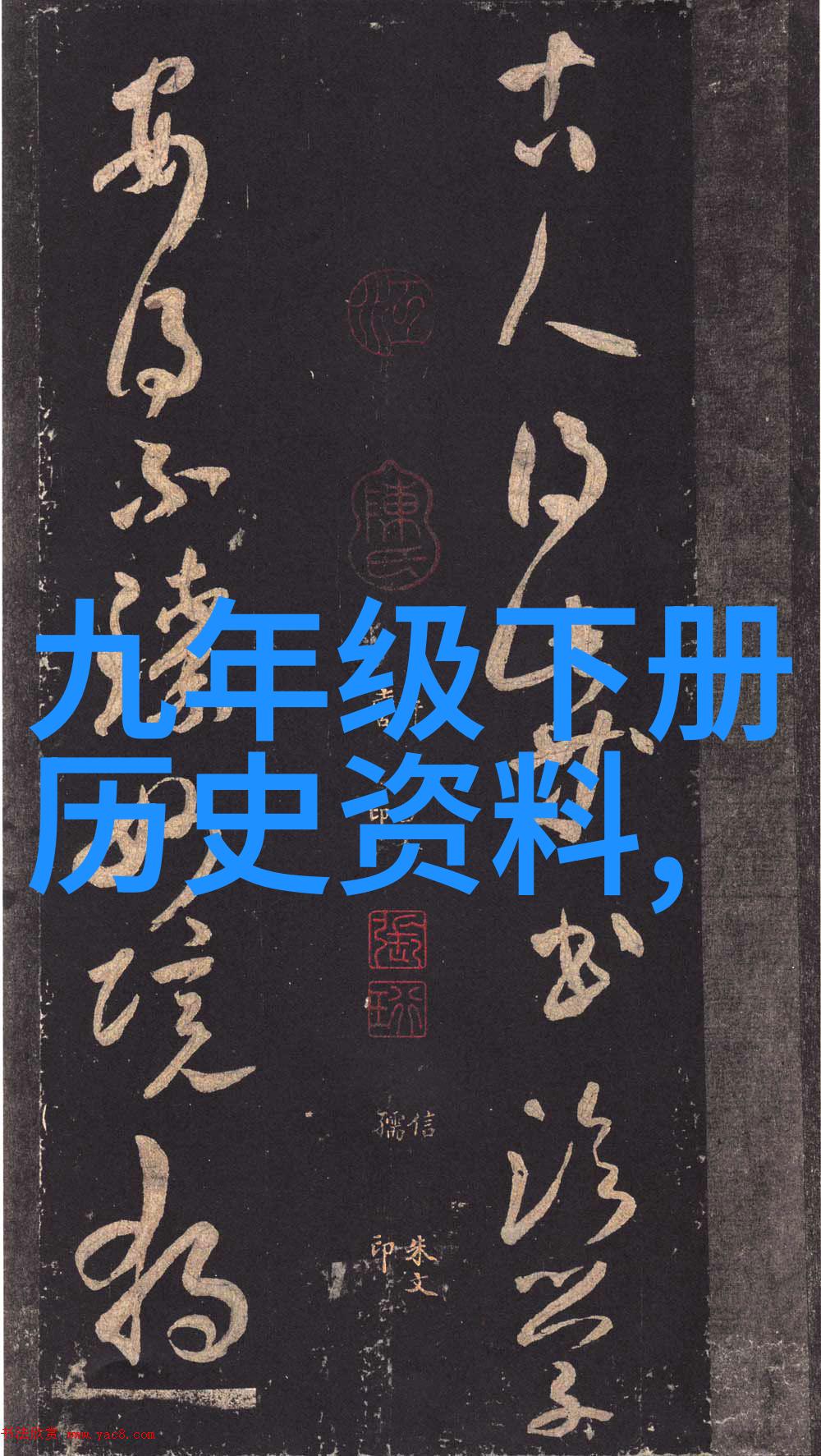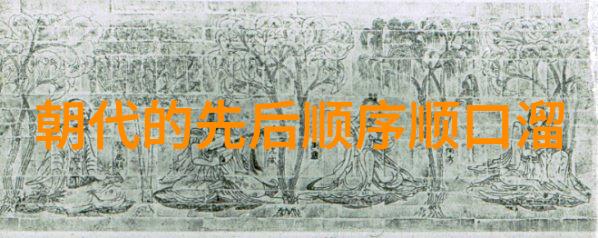slavery in ancient china was a complex system that evolved over time, with different dynasties having their own unique ways of managing and utilizing slave labor.
The earliest recorded use of slaves in China can be traced back to the Xia Dynasty (approximately 2100-1600 BCE), where they were used primarily for agricultural purposes and as domestic servants.

During the Shang Dynasty (approximately 1600-1046 BCE), slaves were used more extensively in various industries such as metalworking, pottery, and textile production.
In the Zhou Dynasty (approximately 1046-256 BCE), slavery became more widespread due to the growth of cities and trade networks, leading to an increase in demand for slave labor.

The Qin Dynasty (221-206 BCE) saw significant reforms aimed at abolishing slavery altogether but ultimately failed due to social unrest and economic instability.
Slavery played a crucial role in shaping Chinese society during these early periods, contributing significantly to its development through various means such as agriculture, industry, construction projects, etc., while also impacting social structures like family dynamics and wealth distribution.
The use of slaves allowed for increased efficiency in certain sectors which helped drive progress further; however it also led to numerous ethical dilemmas concerning human rights & freedom that continued into later dynasties.

Over time though this institution would continue evolving adapting itself based on changing societal norms & political climate until eventually being abolished by legal decree under Mao Zedong's communist rule following World War II - marking a new era for humanity where all are equal before law regardless race or creed!
This transformation from feudalism towards socialism brought about radical changes not just economically but culturally too paving way forward towards modern-day China we see today!




